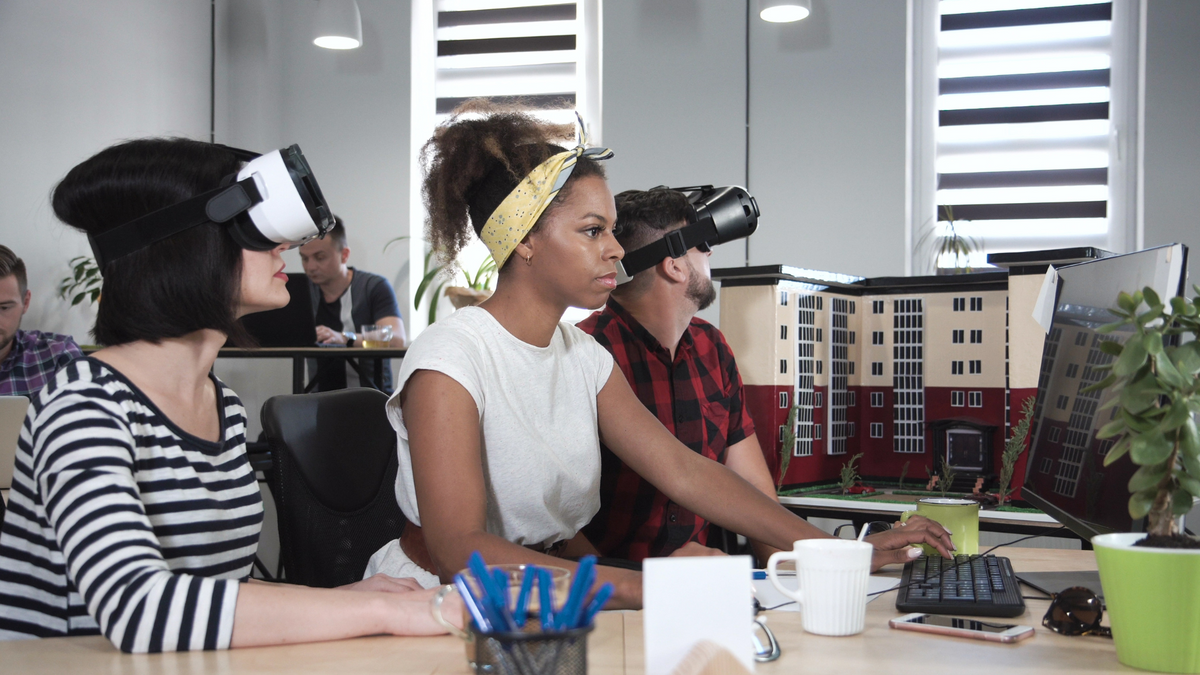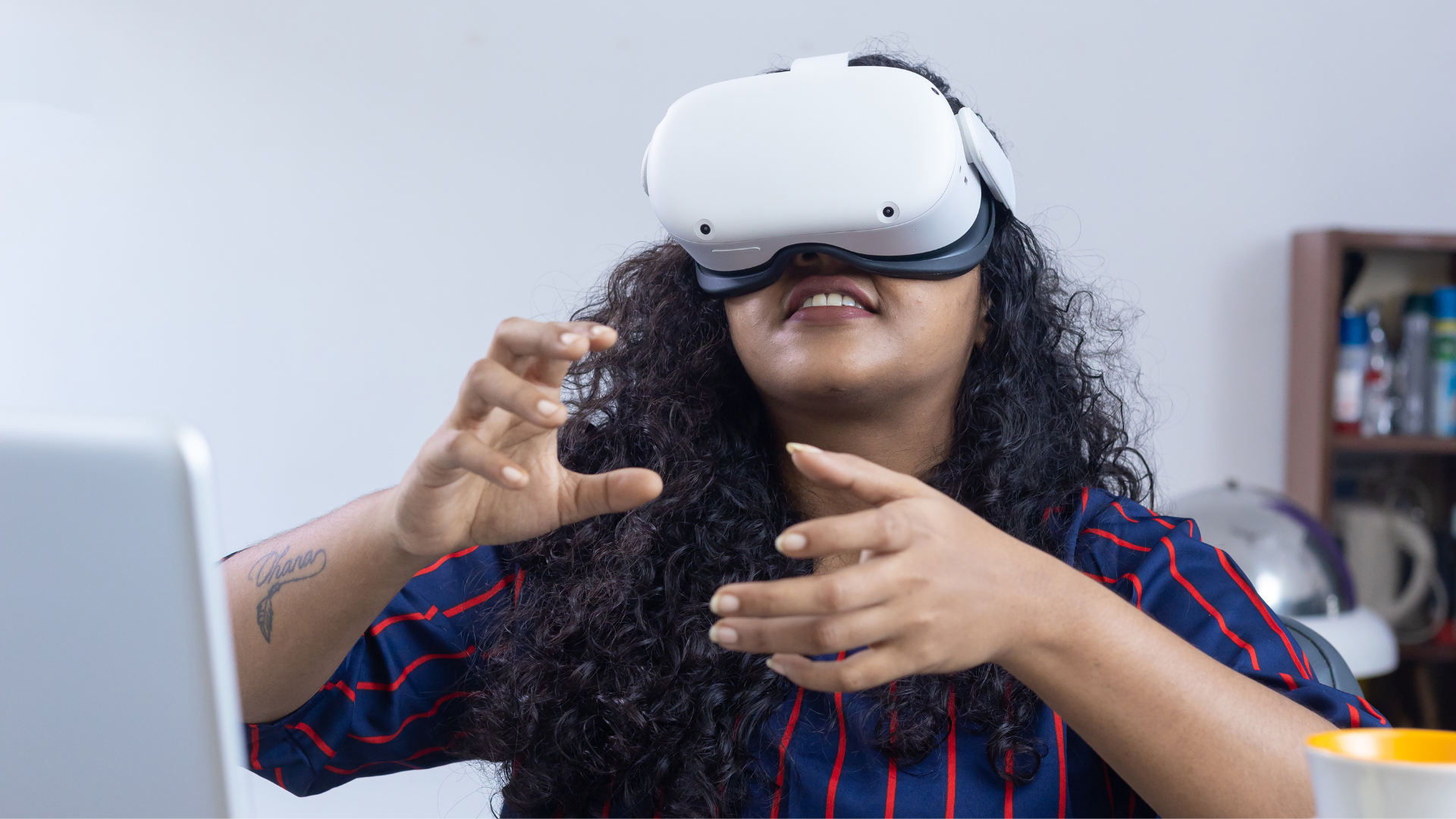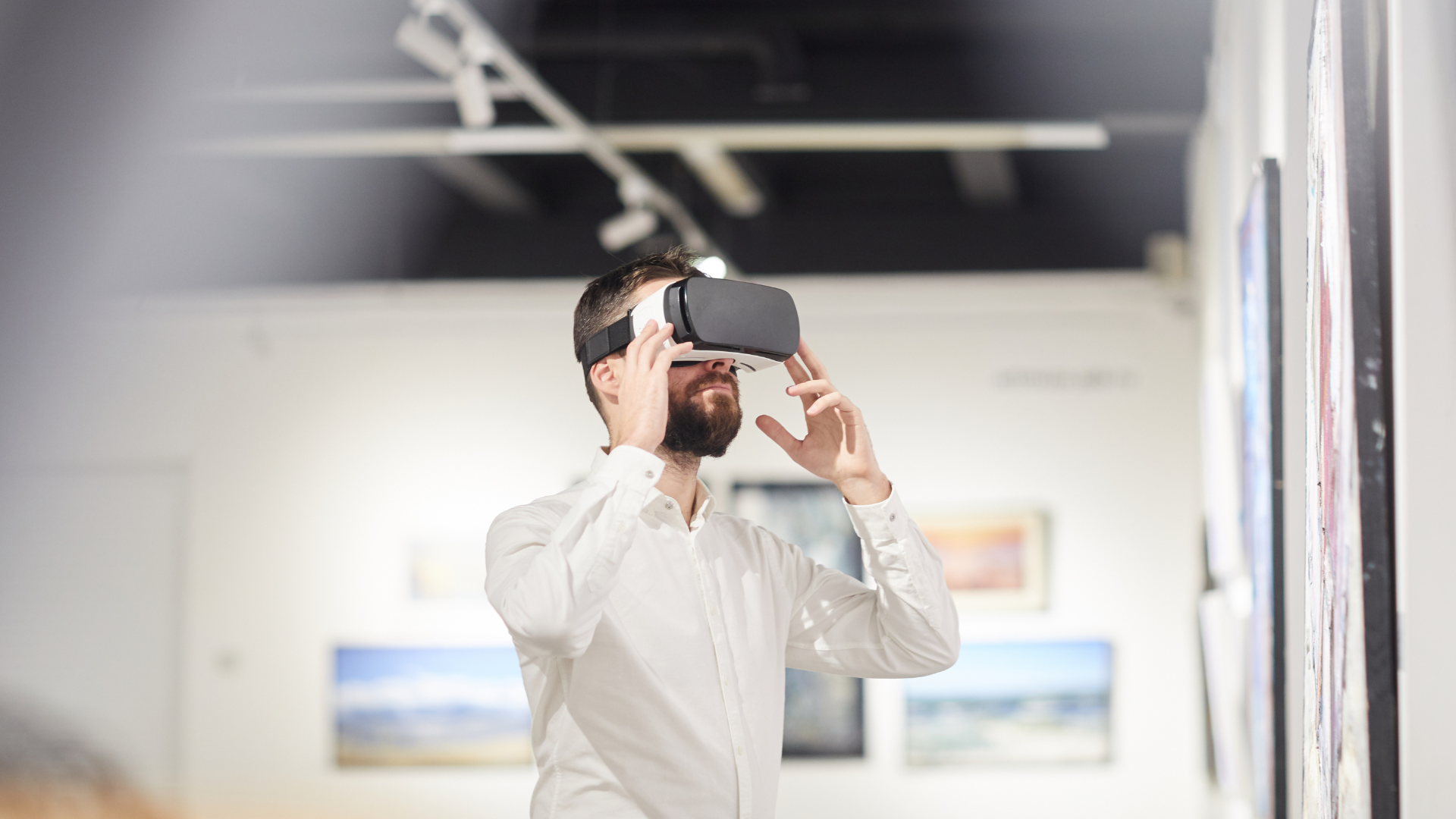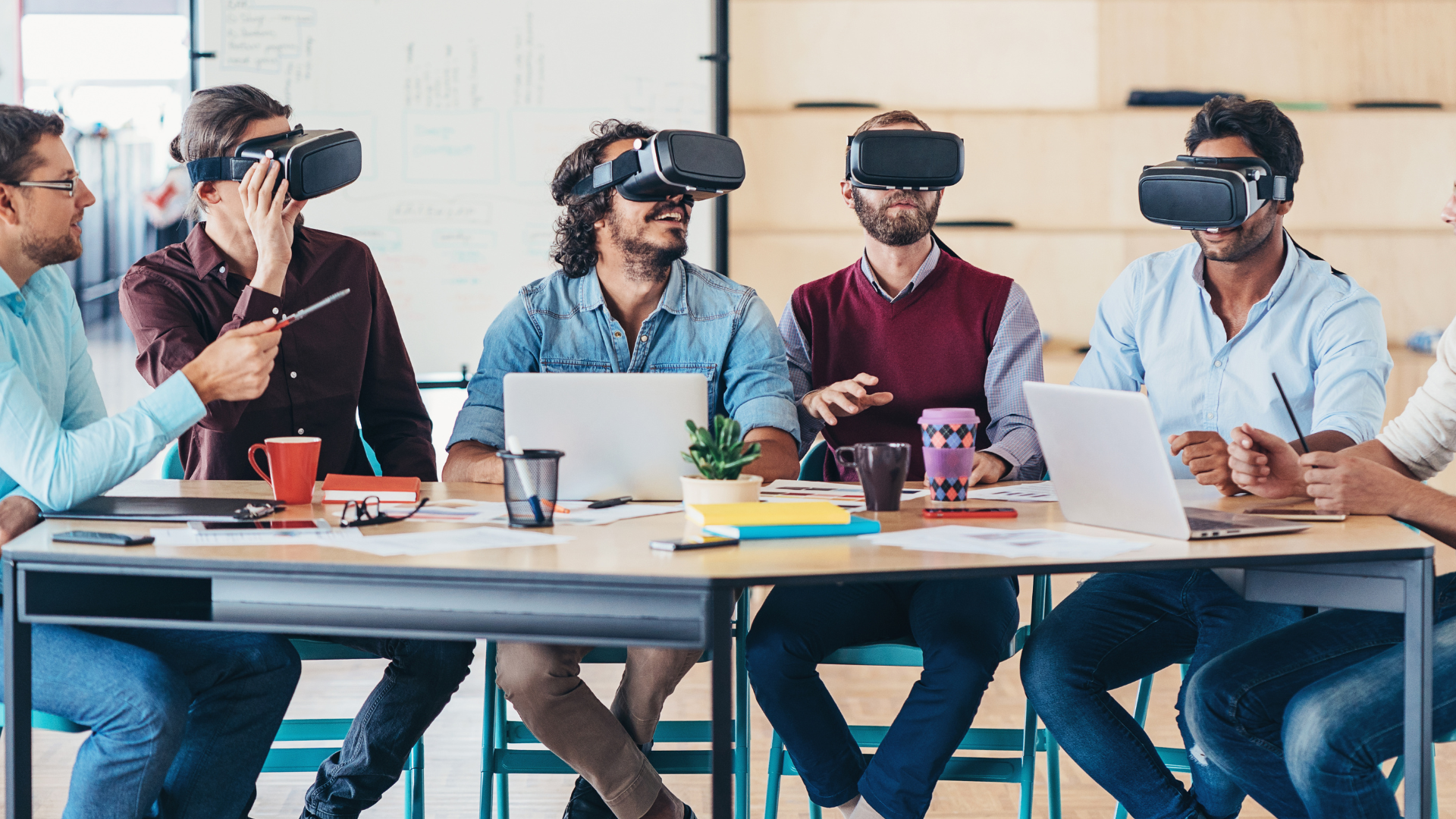Future of work series: The rise of immersive collaboration
Virtual reality (VR) has quickly emerged as a powerful tool for collaboration in the workplace. With the ability to create immersive and interactive environments, VR is transforming the way teams collaborate, communicate, and innovate.

Virtual reality (VR) has quickly emerged as a powerful tool for collaboration in the workplace. With the ability to create immersive and interactive environments, VR is transforming the way teams collaborate, communicate, and innovate.
Benefits
One of the most significant benefits of VR in the workplace is the ability to create immersive collaboration spaces. With the use of headsets and controllers, teams can now collaborate in real-time within a virtual environment, allowing them to work together regardless of their location. This level of flexibility is particularly beneficial for businesses with remote teams, as it enables them to work more efficiently and effectively.
Another significant benefit of VR collaboration is the ability to share and visualize data in new and innovative ways. By using VR, teams can analyze complex data sets and visualize them in 3D, which can lead to new insights and ideas. This approach can be particularly useful for businesses in fields such as engineering, architecture, and design, where visualization is critical to success.
In addition to these benefits, VR collaboration can also help to improve communication and teamwork between employees. By working together in a shared virtual space, teams can develop stronger relationships and improve their ability to work together effectively. This level of collaboration can lead to higher levels of creativity and innovation, as team members can share ideas and build upon each other's work in real-time.
Furthermore, VR collaboration can also help to reduce the costs and time associated with travel. By using VR to collaborate, teams can eliminate the need for costly business trips and reduce the time it takes to bring together teams from different locations. This approach can be particularly useful for businesses with teams working across multiple time zones, allowing them to work together in real-time without the need for travel.
Finally, VR collaboration can also help to create a more inclusive and diverse workplace. By using VR, businesses can create virtual collaboration spaces that are accessible to all employees, regardless of their location, physical abilities, or background. This approach can help to break down barriers to collaboration and create a more inclusive workplace culture.
In conclusion, virtual reality is transforming the way teams collaborate and innovate in the workplace. With the ability to create immersive and interactive environments, VR collaboration is providing businesses with new and innovative ways to work together. By improving communication, teamwork, and accessibility, VR collaboration is helping to create a more efficient, effective, and inclusive workplace for all.
Other articles in our Future Of Work Series:











